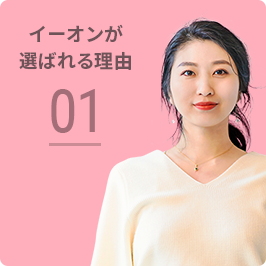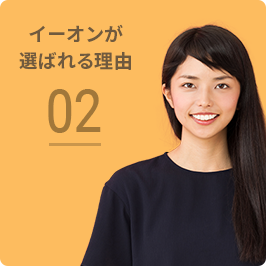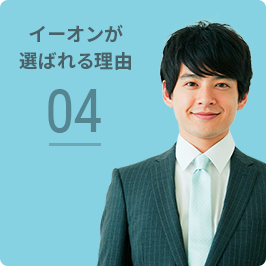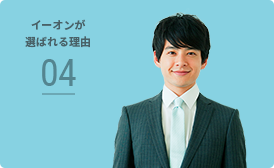2020.05.24
Tucker's blog-5-① Learning Japanese

Hello!イーオン日立校ブログをご覧下さりありがとうございます!
日曜日はネイティブ教師Tucker先生のブログです☆彡
日本語検定も取得しているTucker先生、今回は
日本語学習の道のりについて語っています。
実はとっても長いブログになってしまったので、
今週と来週に分けてお送りします!第一弾、お楽しみください♪
Today I'll talk about my own journey in studying a foreign language: Japanese! I was lucky to attend classes throughout high school and college. They were very helpful for teaching me the basic grammar and having a native speaker available for practice. That being said, the most progress I've been able to make was in the last two years, where I was studying all on my own. I'd like to share my study methods and provide some tips that can be applied to learning English as well!
When I started studying again I still mostly remembered the basics like hiragana, katakana, basic kanji, and basic grammar due to my high school classes. But since it had been about 8 years since I last studied, the first thing I did was read through a grammar guide to refresh my memory. Luckily, there are several online grammar resources for Japanese. While doing that, I also studied kanji using Heisig's method outlined in Remembering The Kanji. I use the phrase "read through" rather than "study" the grammar guides because I spent the majority of my time getting as much input in Japanese as possible.
Following the advice of linguist Stephen Krashen, I started watching a lot of native media in Japanese to provide my brain with as much comprehensible input as possible. I watched TV shows, movies, and anime, all without subtitles. In the beginning, this was incredibly difficult, as I was not able to keep up with most native speech. Trying to follow the plot of a show at this stage would have been impossible. That's why I used shows that I had already seen (either localized into English or with subtitles), since I already knew the story and could focus entirely on trying to comprehend what was being said. Because my goal was not to understand everything, I rarely used a dictionary, preferring to spend that time just watching more things instead.
Slowly but surely my listening ability improved. The next step was to improve my vocabulary. I installed a digital flashcard program called Anki and started creating flashcards using a technique called "sentence mining." When I found a relatively short sentence in a piece of native media that contained only one unknown word, I would create a flashcard with the sentence on the front and the definition of the unknown word on the back. I would then test my memory of the word I just learned using the full sentence. By doing so I was able to learn new words in the context they are naturally used in.











